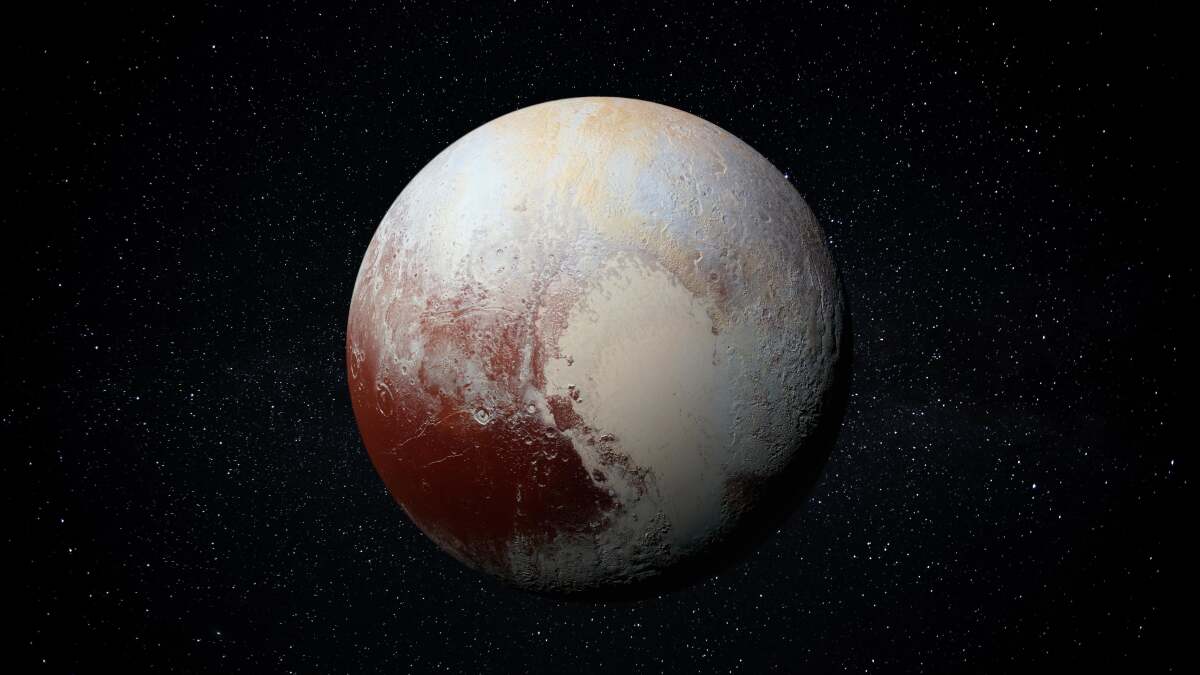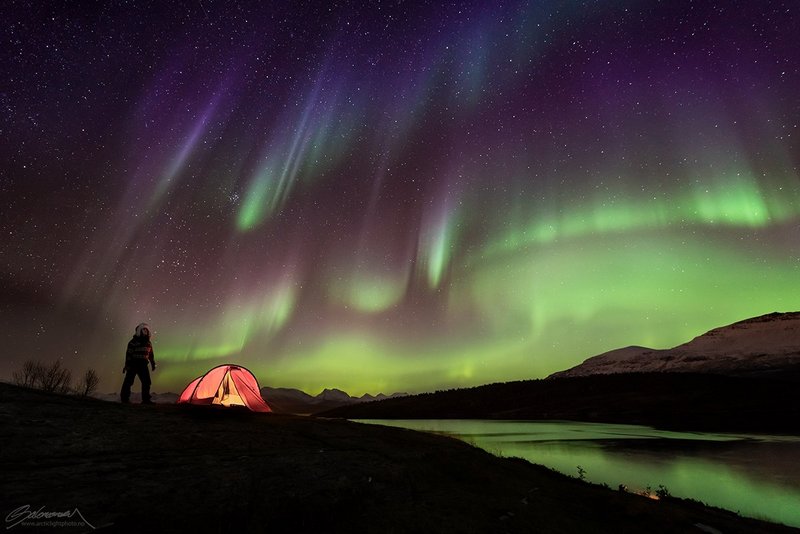The Space Thread
- Thread starter Gomez Adams
- Start date
You are using an out of date browser. It may not display this or other websites correctly.
You should upgrade or use an alternative browser.
You should upgrade or use an alternative browser.
Previously, researchers have detected magnetic fields on exoplanets similar in size to Jupiter, the largest planet in our solar system. But finding magnetic fields on smaller planets the size of Earth is more difficult because magnetic fields are essentially invisible.
“We’re looking for planets that are really close to their stars and are a similar size to Earth,” she said. “These planets are way too close to their stars to be somewhere you could live, but because they are so close the planet is kind of plowing through a bunch of stuff coming off the star. If the planet has a magnetic field and it plows through enough star stuff, it will cause the star to emit bright radio waves.”
Cool.
I had always thought it was something to do with the birth of Christ. Turns out I was right.
I had always thought it was something to do with the birth of Christ. Turns out I was right.
At the end he uses the word mythology. There's a whole history class which deconstructs the bible down to individual stories and then shows where in other older mythologies those stories originated.
Check out Pluto Time. I ran across this about two or three years ago and still tell people about it when the lighting is close.

 lifehacker.com
lifehacker.com

 solarsystem.nasa.gov
solarsystem.nasa.gov

You Can Experience ‘Pluto Time’ Twice a Day on Earth
Live life like you're living on the former planet.
Here’s the basic idea: Pluto is 3.6 billion million miles away from the sun, which is about 40 times the distance of Earth to the sun. Obviously, the amount of light that reaches Pluto is far less than what reaches Earth. After traveling about five and a half hours, at the brightest point in Pluto’s day, the sun’s light is about 1/900th the intensity that it is on Earth.
But that doesn’t mean the planet is totally dark. While it may be a fraction of the brightness of an Earth day, it’s still 300 times brighter than the light from Earth’s moon. You’d probably have no trouble reading on Pluto at noon (unless, of course, you take your space helmet off).
The thing is, you don’t have to imagine what this amount of light is actually like, since you likely live it twice a day. Every day, just before sunrise, and just before sunset, the little light we receive from the sun is the same amount of light as a Pluto day at noon. NASA appropriately calls it “Pluto Time.”
Pluto Time | Pluto – NASA Solar System Exploration
NASA’s real-time science encyclopedia of deep space exploration. Our scientists and far-ranging robots explore the wild frontiers of our solar system.
Conditions are looking good for northern lights here!


Large Aurora Storm Watch Issued - Northern Lights Show Possible, April 2023
High Speed Solar Wind Stream or CME Headed towards Earth - Possible Northern Lights Show
cdn.softservenews.com
Just finished reading about the Kp rating. I wasn't familiar with how it worked.
Even with a 9 rating I still wouldn't see it.
Even with a 9 rating I still wouldn't see it.
An aurora doesn't have to be over head to see it. I've seen quite a few many miles south of where they were due to the height they occur at.
With a reading of 8 atm. you may be well on your way to see red on the upper northern horizen
With a reading of 8 atm. you may be well on your way to see red on the upper northern horizen


